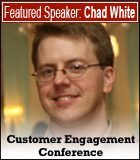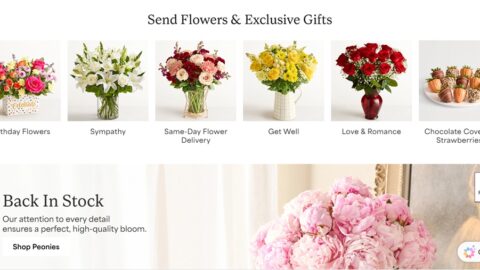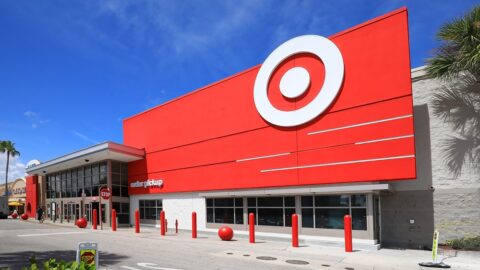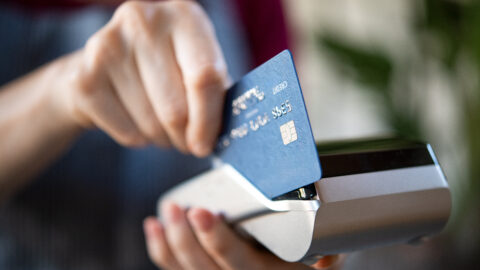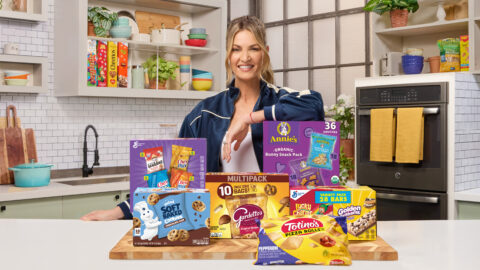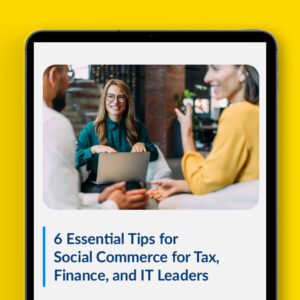Editor’s Note: The following article is an excerpt from MediaPost written by Chad White, the director of retail insights and editor-at-large for the Email Experience Council. White, who tracks the email marketing campaigns of more than 100 major online retailers via the Retail Email Blog, says a little channel prejudice can sometimes go a long way.
Recently an Email Experience Council member asked me whether retailers should drive sales online or offline with their email marketing. The marketer wanted to drive more store traffic, but wasn’t sure about all the ways to go about doing that. The added concern was that revenue was more trackable and measureable online -and the marketer definitely wanted to get credit for the sales they drove.
Having a very subscriber-centric view of the world, I answered that, in general, retailers should not try to force customers into particular channels—that they should try to be channel-agnostic. Some subscribers will learn about products through email and then seek them out at their local store, while others are more than happy to buy them online. Still others will call in or will buy once they’ve seen the product again in the catalog. A sale is a sale is a sale.
That said, there are a few reasons to inject some occasional channel bias into your email marketing. First, email is good at driving sales to other channels. For instance, 86% of survey respondents made an in-store purchase as a result of receiving an email, according to a recent survey by Epsilon. Second, there’s been plenty of research that has found that multichannel shoppers spend more – and the more channels they interact with, the more they spend. Third, there’s often a business need to drive subscribers to a particular channel. And fourth, different channels are better at some things than others. So if you can break out of siloed thinking and take a holistic approach to sales, there are many opportunities.
With all that in mind, here are some ways to drive traffic to your stores:
1. Store events. One of the key advantages of stores is that customers can see, touch, and taste products, and experience them firsthand. It’s also the one channel where you can have face-to-face interactions with your customers. Those strengths make stores ideal for events like food tastings, cooking demonstrations, instructional workshops, trunk shows, and book signings.
For instance, earlier this month, Harry & David held a Gourmet Grilling Sauces Tasting Event and used a June 9 email to raise awareness. A June 9 Home Depot email promoted a kids’ workshop on how to build a birdhouse. And in a June 12 email, Toys “R” Us promoted a 3D Crayola Chalk Art event going on in-store. For retailers that have an active flagship store, you may consider following Saks Fifth Avenue’s lead and emailing subscribers a monthly listing of flagship store events.
Charity events that are tied to stores can also be supported by your email marketing. For instance, in a Jan. 31 email, Macy’s promoted its National Wear Red Day event in support of the American Heart Association: If you wore red to a Macy’s store on Feb. 1, you received a 15%-off coupon. And on June 23, Finish Line promoted a shoe donation drive in partnership with Soles4Souls, where donating a pair of shoes at a Finish Line store gave customers a $5-off coupon.
2. In-store sales: Another effective way of spurring subscribers to visit your stores is by promoting in-store sales. If the sale is across all channels, then you can also send them coupons and discount codes that work in stores. Ann Taylor, Barnes & Noble, and JCPenney do this regularly, and go the extra step of including printable, bar-coded coupons or links to them. Doing so not only makes redemption easier for cashiers, but also allows the retailer to track sales from email subscribers. And if you want to more actively drive subscribers to stores, you can send store-only coupons.
3. Online circulars: Related to store-only deals, online circulars are another staple of retail email marketing. JCPenney, Kmart, Target, Staples and several other retailers include links to these in every email, driving at least some traffic to stores with every email they send out. Other retailers like EB Games, OfficeMax and Toys “R” Us send out emails dedicated specifically to promoting their circulars.
4. “Buy online, pick up in store” programs: If you have the ability to fulfill online orders from your stores, that’s also a great way to encourage store visits and create upsell opportunities. Cabela’s, Circuit City, Coach, Linens ‘n Things, Sears and Wal-Mart, among others, routinely promote their “buy online, pick up in store” programs. Since going national with its Site-to-Store program last July, Wal-Mart has integrated that program into all its emails, touting it in email headers. It’s an especially powerful tool when trying to close last-minute sales right before a major holiday.For instance, in the days before Christmas last year, you saw retailers like Linens ‘n Things promoting “buy online, pick up in store” along with gift cards and their store hours.
Other processes that begin online and end at stores can also boost store traffic. For example, in a May 6 email, Walgreens announced that it was giving away free 8×10 photos for one day only. All you had to do was upload your photo to their system and then pick it up at your local store.
5. Store locators: Backing up all the previously mentioned tactics is the store locator. Make it easy for your subscribers to find the store nearest them by including a link to your store locator in every email—and consider working that store locator into your email message when you’re promoting an in-store event or sale. If you collect subscribers’ zip codes as a part of your email sign-up process or have it because of a purchase, consider following the lead of Harry & David and J. Jill, both of which use that information to include the location of each subscriber’s nearest store in every email. That saves subscribers the lookup and is a constant reminder that there’s a store nearby to serve their needs.
6. Announce new store openings: Email is also a great way to alert customers of new store openings, as Urban Outfitters did earlier this year with a dedicated email and Crate & Barrel’s CB2 brand did last fall with several passing mentions in its emails. These emails are always best when targeted to subscribers in nearby zip codes, otherwise the email risks being irrelevant. After all, does a customer in Detroit really care if you’re opening a new store in Atlanta? Probably not.
7. Store-based partners: Although typically a tactic for brand manufacturers, there are some retailers that don’t operate stores and have store partners instead. For instance, Dell sells its computers direct and through Best Buy stores, and has promoted that arrangement in emails on several occasions.



